When one thinks of Universal Pictures and werewolves images of Lon Chaney Jr. stalking Evelyn Ankers through the dark European woods is probably what first comes to mind and with that particular werewolf becoming one of the star players in the Universal Monsters franchise that is quite reasonable, but years before Jack Pierce was gluing fur onto Chaney’s face, he had applied a very different type of wolf make-up to actor Henry Hull in the first Hollywood mainstream film to feature a werewolf.
Our protagonist for this classic horror film is Dr. Wilfred Glendon (Henry Hull), a wealthy and world-renowned English botanist who travels to the wilds of Tibet in search of the extremely rare plant known as mariphasa lupine lumina, which he believes to be a type of flower that changes property under the light of the Moon, unfortunately, he has a violent encounter with something else that changes property under the light of the Moon and the possession of this rare plant becomes more than a scientific curiosity but one of life and death, this, of course, is because the creature that attacks and bites Glendon turns out to be a werewolf and his surviving of such an encounter is just the beginning of his troubles.
Who knew botany could be so dangerous?
Back home in London Glendon is approached by a fellow botanist, Dr. Yogami (Warner Oland), who claims that the two had met while in Tibet, despite Glendon having no such memory of their meeting, and while Yogami tries to warn Glendon that the bite of a werewolf would cause him to become a werewolf as well, adding that the rare plant he brought back from Tibet works as a temporary antidote for the disease of “Werewolfery, Lycanthrophobiais the medical term for the affliction I speak of.” Needless to say, Glendon believes none of this nonsense stating, “I'm afraid, sir, but I gave up my belief in goblins, witches, personal devils, and werewolves at the age of six” but denial isn’t just a river in Egypt and soon Glendon begins to feel the effects of the disease he contracted, and things get even worse when he reads up on lycanthropy and learns that “Unless this rare flower is used the werewolf must kill one human each night of the full moon or become permanently afflicted.”
Note: I always find it interesting when hardcore scientists turn out to have books on the supernatural laying about their own personal libraries.
I’m not sure if viewers of the time were intended to piece together the fact that Dr. Yogami was clearly the werewolf that bit Glendon while he was in Tibet, and the script does seem to treat it like a mystery for a bit too long and I wonder if anyone back in the thirties were that clueless as to not figure it out immediately, regardless of this, we soon get Glendon transforming into a werewolf, killing some hapless woman walking home alone, and then we get the big reveal that Dr. Yogami is not only the werewolf who bit our protagonist but he’s also the right bastard who snuck into Glendon’s lab to steal two of the blooms that work as an antidote. It’s not often you get werewolf rivalry depicted in these types of films, aside from Jack Nicholson and James Spader in Wolf and Benicio Del Toro and Anthony Hopkins in the remake of The Wolf Man it’s pretty rare, as we tend to see werewolves shown as either lone killers or as part of a pack, like in The Howling or Dog Soldiers, yet seeing them in this kind of conflict makes for a very interesting dynamic and I wish we’d see more of it.
It's just too bad that in the final fight only one of them is in werewolf form.
Stray observations:
• Is there a career path to becoming a wealthy and world-renowned botanist? Asking for a friend.
• Tibet looks a lot like Vasquez Rocks, I kept waiting for Wilfred Glendon to run across Captain Kirk fighting the Gorn.
• That Glendon’s lab has a monitor connected to what could best be described as a doorbell camera, which makes this 1935 film one of the more prescient of its kind.
• The werewolf howl used in this film is a combination of Henry Hull's own voice and a recording of an actual timber-wolf and is really quite effective.
• The werewolf is drawn to the wolf enclosure at the London Zoo, something that would be somewhat mirrored in the John Landis film An American Werewolf in London.
• That this film spends much of its time in a laboratory, and deals with antidotes and the like, making Werewolf of London more of a science fiction/horror movie rather than a simple supernatural entry in the genre.
• The werewolves of this film are not of the mindless animalistic variety found in future werewolf movies, in this movie we see Glendon’s “wolf man” put on a hat and coat before going out to kill. He’s more Doctor Jekyll and Mister Hyde than he is that of a raging wolf creature.
Just because your part wolf doesn’t mean you can’t dress for a night on the town.
Yet this film isn’t just a monster or science fiction movie as it also has a little romantic drama thrown in for good measure, with Glendon’s wife Lisa (Valerie Hobson) reconnecting with her former childhood sweetheart Paul Ames (Lester Matthews), adding the green-eyed monster of jealousy into the mix, and this Henry Hull not only brings a nice bit of pathos to the role, if we can look past his nightly murders, but the script levels up his tortured heart over the estrangement his condition has caused between him and his wife, which gives the film an extra dimension and makes their relationships in the film feel all the more fleshed out. That Paul Ames, the love rival, becomes the film’s key proponent of “There is a werewolf loose in London” adds even more tension and conflict to a movie already rife with the stuff, and with Glendon’s almost killing Lisa, while in a werewolf state, the stakes over love and death could not be higher.
“Our vows did state, till death do us part.”
Universal’s Werewolf of London was not only the first full-length feature film dealing with a werewolf it’s also where much of the werewolf mythology we get in all subsequent werewolf films, from Lon Chaney’s The Wolf Man to Stephen King’s Silver Bullet, they all owe much to the screenwriters of this film because everything from the idea that being bitten by a werewolf makes one a werewolf, or that a werewolf changes under the full moon, was created here completely out of whole cloth and has nothing to do with the actual folklore, which mostly dealt with the practicing of witchcraft and the intentional changing of oneself into a wolf at any time desired, full Moon not required.
Note: Death via a silver does not become canon until the Lon Chaney Jr. outing.
Jack Pierce's minimalist werewolf makeup and the ingenious transformations in Werewolf in London provided a truly special moment for cinema goers and they are what makes this entry all the more unique. Sadly, it didn’t do all that well at the time of its initial release and has only garnered the proper appreciation it deserves, long after the 1940s The Wolf Man became a household name, yet over the following years, more classic film fans and horror enthusiasts have come to experience and love this wonderful moment in pre-code Hollywood.
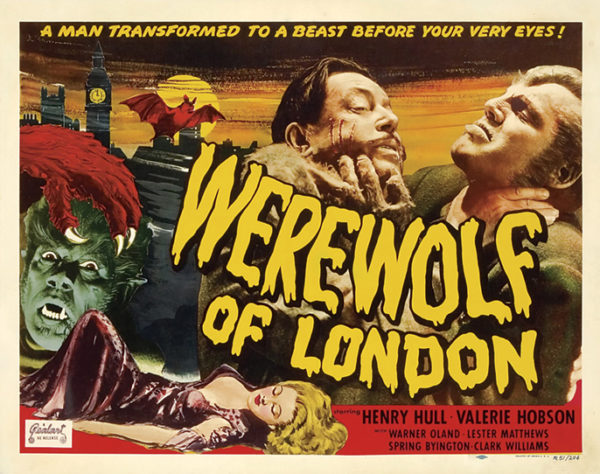
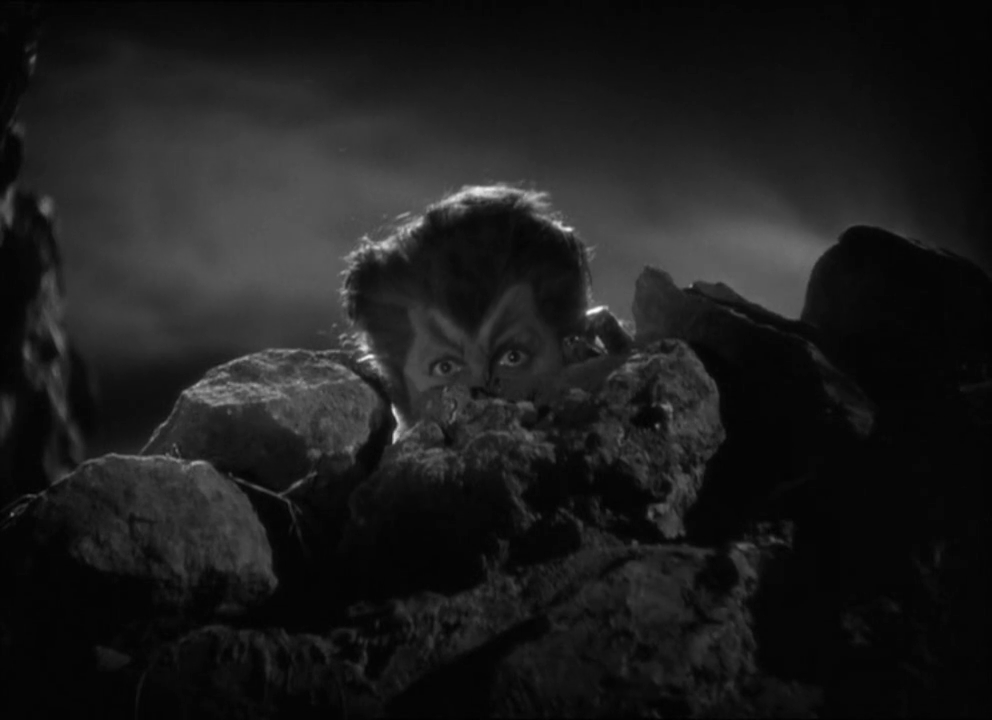

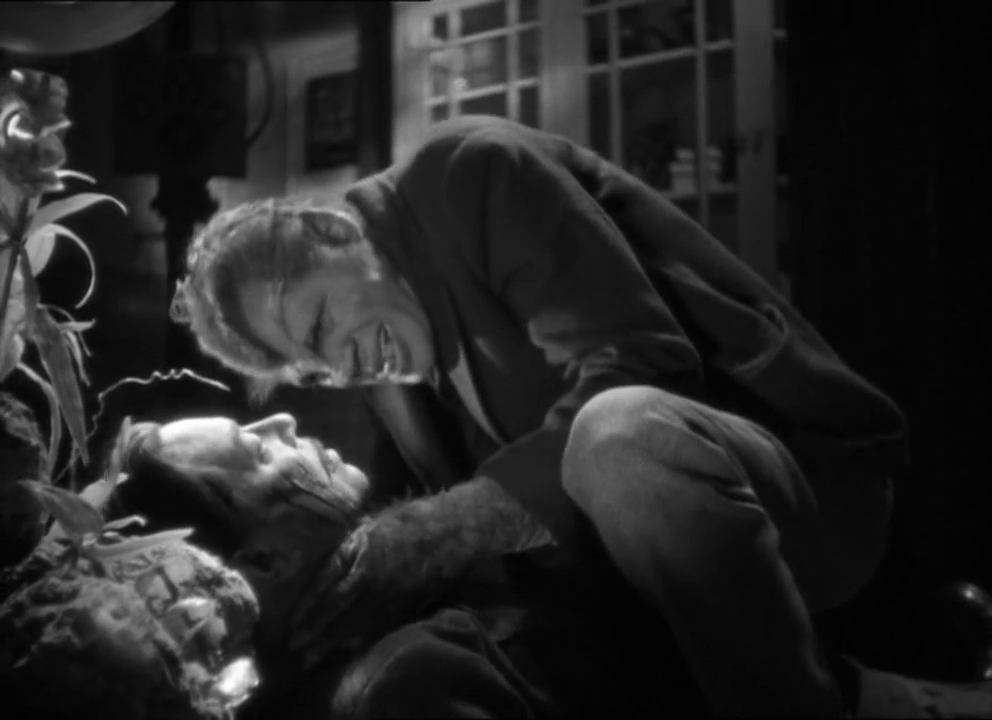
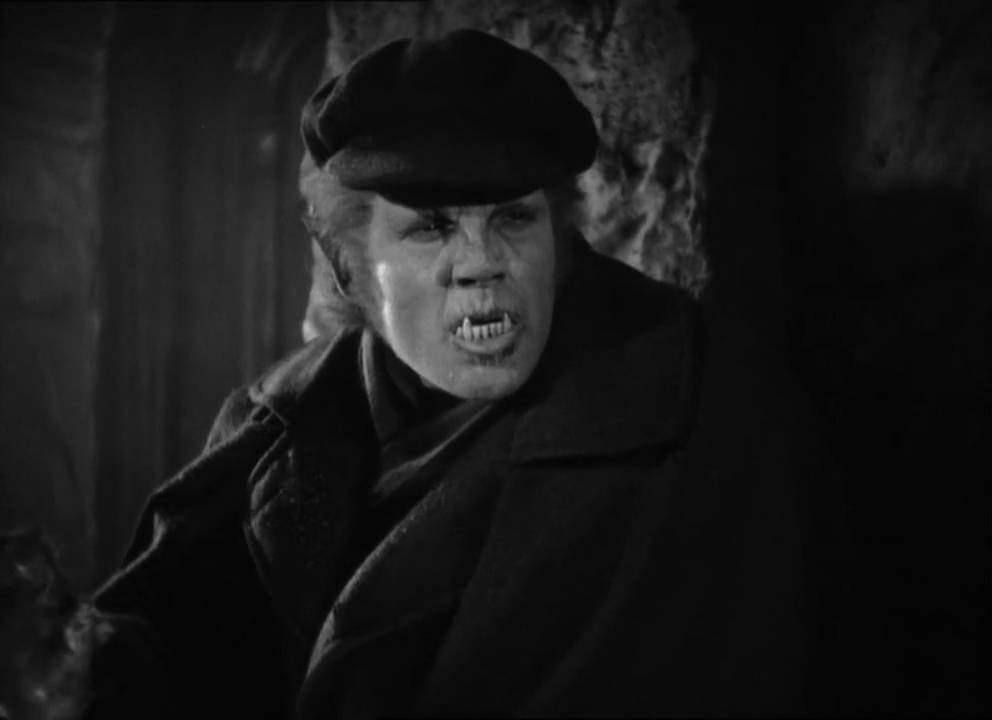
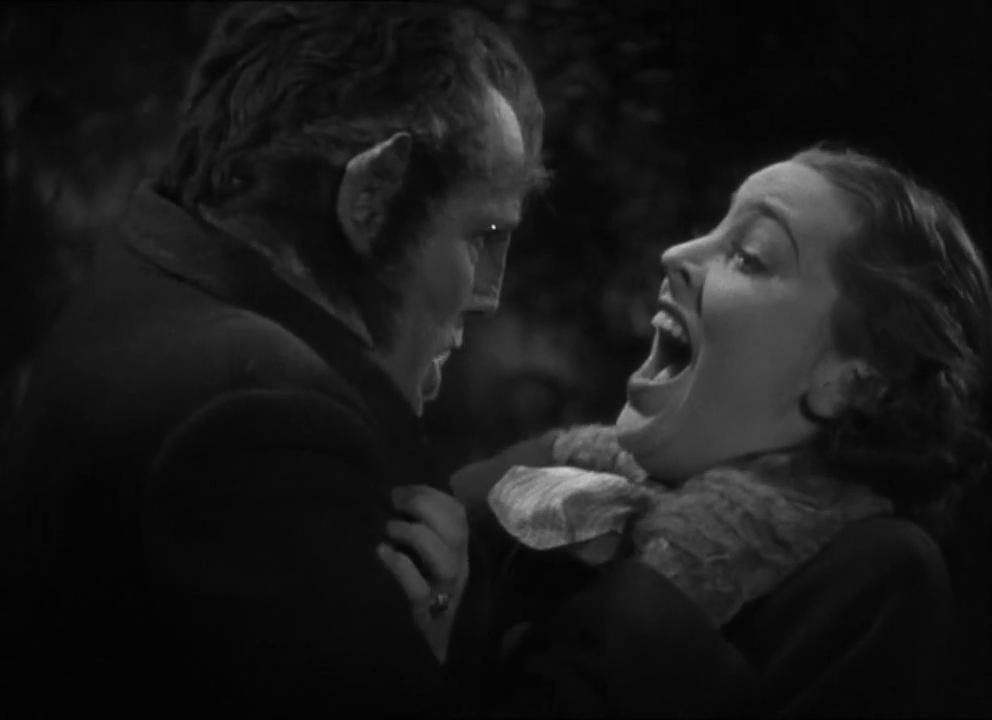
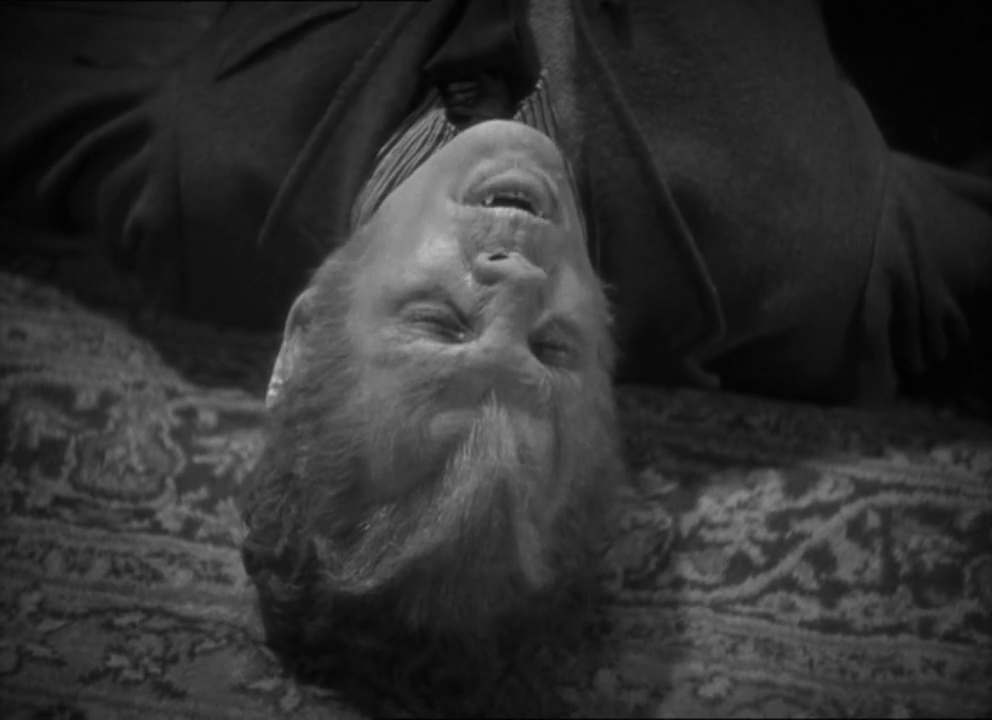

No comments:
Post a Comment